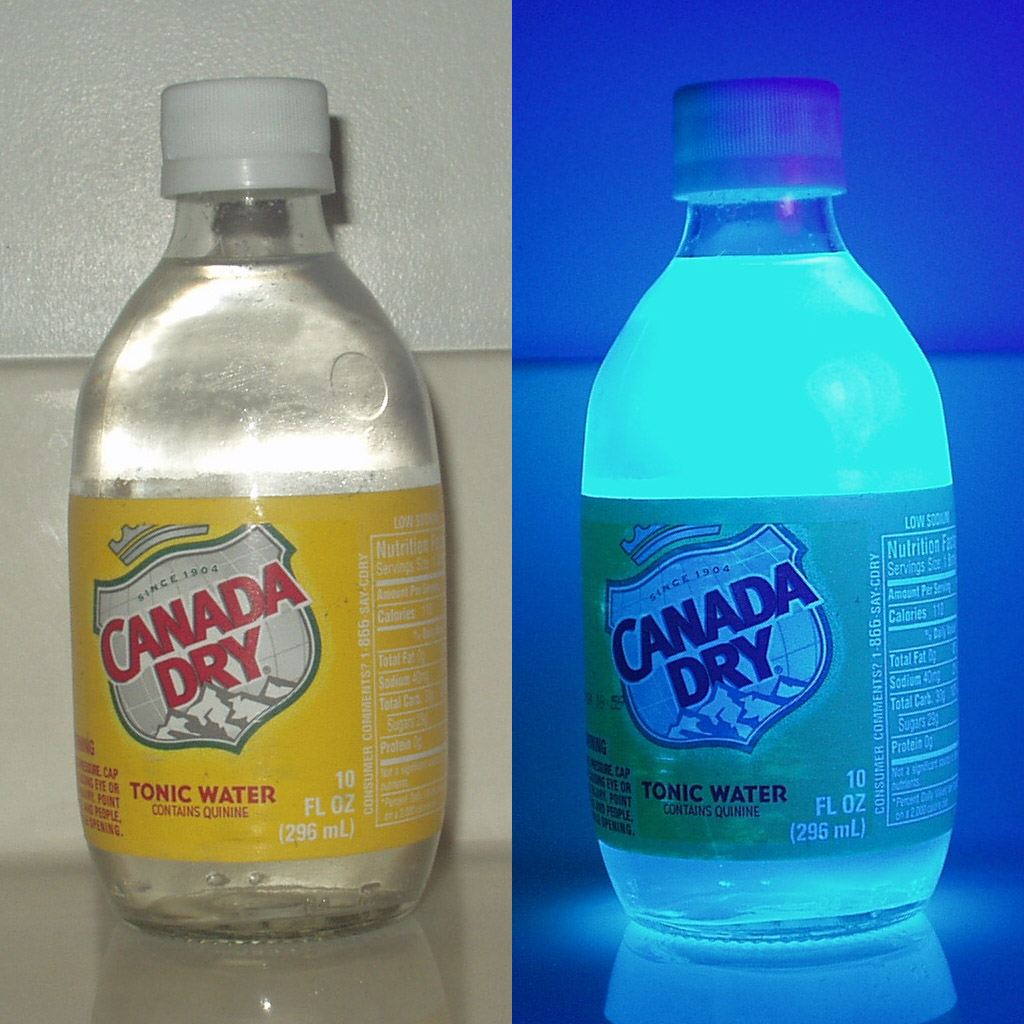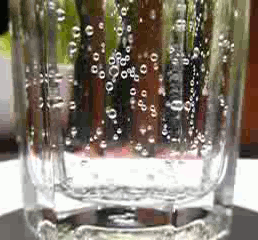|
Umeshu
is a Japanese liqueur made by steeping ''ume'' plums (while still unripe and green) in and sugar. It has a sweet, sour taste, and an alcohol content of 10–15%. Famous brands of ''umeshu'' include Choya, Takara Shuzo and Matsuyuki. Varieties are available with whole ''ume'' fruits contained in the bottle, and some people make their own ''umeshu'' at home. Japanese restaurants serve many different varieties of ''umeshu'' and also make cocktails. Umeshu on the Rocks (pronounced ''umeshu rokku''), Umeshu Sour (pronounced ''umeshu sawa''), Umeshu Tonic (with tonic water), and Umeshu Soda (with carbonated water) are popular. It is sometimes mixed with green tea (o-cha-wari) or warm water (o-yu-wari). ''Umeshu'' can be served at different temperatures; chilled or with ice, room temperature, or even hot in the winter. Umeshu can be made either from real plum fruit, or using additive flavours and perfumes to emulate the taste of plums. Umeshu which is made from exclusively plum ... [...More Info...] [...Related Items...] OR: [Wikipedia] [Google] [Baidu] |
Choya Umeshu
, or Choya, is a Japanese company headquartered in Habikino, Osaka, Japan, which specializes in the production and sales of ''umeshu'' plum liqueur. Its other main businesses include brandy, sake, wine, and foods. The company started producing ''umeshu'' in 1959. As of 2011, the company's products are distributed to more than 60 countries. History *1914: Started cultivating grapes. *1924: Company was established by Sumitaro Kondo. Started producing and selling wine. *1949: Started producing and selling brandy. *1951: Started producing and selling fruit wine. *1959: Started producing and selling ''ume'' fruit liqueur. *1962: Establishment of Choya Yoshu Jozo Co., Ltd. *1968: Started producing and selling medicinal herbal liqueur. Started exporting ''ume'' fruit liqueur. *1973: Started producing and selling medicinal liqueur. *2000: The company was renamed Choya Umeshu Co., Ltd. *2009: Launched a cosmetic brand "Choya Puranasu" as a mail-order product *2010: Company changes its l ... [...More Info...] [...Related Items...] OR: [Wikipedia] [Google] [Baidu] |
Shōchū
is a Japanese distilled beverage. It is typically distilled from rice, barley, sweet potatoes, buckwheat, or brown sugar, though it is sometimes produced from other ingredients such as chestnut, sesame seeds, potatoes, or even carrots. Typically shōchū contains 25% alcohol by volume, which is weaker than baijiu, whiskey, or vodka, but stronger than huangjiu, sake, or wine. It is not uncommon for multiply distilled shōchū, which is more likely to be used in mixed drinks, to contain up to 35% alcohol by volume. Etymology The word is the Japanese rendition of the Chinese '' shaojiu'' (), meaning "burned liquor", which refers to the heating process during distillation. The Chinese way of writing ''shaojiu'' with the character means sake in modern Japanese, which writes ''shōchū'' using the character instead. Nevertheless, both characters mean "liquor". Culture Drinking ''Shōchū'' should not be confused with sake, a brewed rice wine. Its taste is usually far les ... [...More Info...] [...Related Items...] OR: [Wikipedia] [Google] [Baidu] |
:Category:Japanese Words And Phrases ...
{{Commons Words and phrases by language Words Words Words A word is a basic element of language that carries meaning, can be used on its own, and is uninterruptible. Despite the fact that language speakers often have an intuitive grasp of what a word is, there is no consensus among linguists on its ... [...More Info...] [...Related Items...] OR: [Wikipedia] [Google] [Baidu] |
Tonic Water
Tonic water is a carbonated soft drink in which quinine is dissolved. Originally used as a prophylactic against malaria, modern tonic water typically has a significantly lower quinine content and is often more sweetened than the original medicinal form. It is consumed for its distinctive bitter flavor. History As early as the 17th century the Spanish used quinine from the bark of ''Cinchona'' trees to treat malaria after being shown the remedy from the Indigenous peoples of Peru, Bolivia, and Ecuador. In early 19th century India and other tropical posts of the British Empire, medicinal quinine was recommended to British officials and soldiers to prevent malaria Malaria is a Mosquito-borne disease, mosquito-borne infectious disease that affects vertebrates and ''Anopheles'' mosquitoes. Human malaria causes Signs and symptoms, symptoms that typically include fever, Fatigue (medical), fatigue, vomitin ..., where it was mixed with soda and sugar to mask its bitter tast ... [...More Info...] [...Related Items...] OR: [Wikipedia] [Google] [Baidu] |
Rice Wine
Rice wine is an alcoholic beverage fermentation, fermented from rice, traditionally consumed in East Asia, Southeast Asia and South Asia, where rice is a quintessential staple crop. Rice wine is made by the fermentation of rice starch, during which microbes enzyme, enzymatically convert polysaccharides to sugar and then to ethanol. The Chinese ''mijiu'' (most famous being ''huangjiu''), Japanese ''sake'', and Korean ''cheongju (beverage), cheongju'', ''dansul'' and ''takju'' are some of the most notable types of rice wine. Rice wine typically has an alcohol content of 10–25% alcohol by volume, ABV, and is typically served warm. One panel of taste testers arrived at as an optimum serving temperature. Rice wines are drunk as a wine and food pairing, dining beverage in East Asian, Southeast Asian and South Asian cuisine during formal dinners and banquets, and are also used as cooking wines to flavoring, add flavors or to neutralize unwanted tastes in certain food items (e.g. sea ... [...More Info...] [...Related Items...] OR: [Wikipedia] [Google] [Baidu] |
Maesil-ju
''Maesil-ju'' (), also called plum wine, plum liquor, or plum liqueur, is an alcoholic drink infused with ''Prunus mume, maesil'' (plums). The exact origins of ''Maesil-ju'' are unknown, but it is thought to date back to the 918-1392 Goryeo period. Ingredients ''Maesil-ju'' is made with ''Prunus mume, maesil'' (; "plums"), preferably ripe ''hwangmae'' (; "yellow plums"), which are yellowish in color, fragrant and firm. Unripe ''cheongmae'' (; "green plums")—firmer and less fragrant—can also be used. Bruised or over-ripened plums may make the wine cloudy. Damaged fruits should be avoided, as direct contact of plum seeds with alcohol may produce a small amount of Hydrogen cyanide, prussic acid, due to the amygdalin in plum seeds. However, toxicity vanishes after a year of maturation. Ripe plums have much lower amygdalin content. Typically, of ''soju'' (of 20% Alcohol by volume, ABV) and of sugar is used per of plums. Sugar can be substituted with slightly more honey, and ... [...More Info...] [...Related Items...] OR: [Wikipedia] [Google] [Baidu] |
Suanmeitang
''Suanmeitang'' or sour prune drink is a traditional Chinese beverage made from smoked plums, rock sugar, and other ingredients such as sweet osmanthus. Due to the sour plums used in its production, ''suanmeitang'' is slightly salty in addition to being sweet and rather sour. ''Suanmeitang'' is commercially available in China and other parts of the world with Chinese communities. It is often drunk chilled during the summertime, as relief from the heat, and is one of the most common summer drinks in China. In addition to being widely considered an effective drink for cooling off in the heat, it is also popularly believed to have minor health benefits, such as improving digestion and possibly inhibiting the buildup of lactic acid in the body. History ''Suanmeitang'' has existed in some form for over 1,000 years, at least since the Song dynasty (960–1279 CE); there are also reports of a variation called "white ''suanmeitang''" () during the Yuan dynasty (1271–1368& ... [...More Info...] [...Related Items...] OR: [Wikipedia] [Google] [Baidu] |
Green Tea
Green tea is a type of tea made from the leaves and buds of the '' Camellia sinensis'' that have not undergone the withering and oxidation process that creates oolong teas and black teas. Green tea originated in China in the late 1st millennium BC, and since then its production and manufacture has spread to other countries in East Asia. Several varieties of green tea exist, which differ substantially based on the variety of ''C. sinensis'' used, growing conditions, horticultural methods, production processing, and time of harvest. While it may slightly lower blood pressure and improve alertness, current scientific evidence does not support most health benefit claims, and excessive intake of green tea extracts can cause liver damage and other side effects. History Tea consumption has its legendary origins in China during the reign of mythological Emperor Shennong. A book written by Lu Yu in 618–907 AD, '' The Classic of Tea'' ( zh, t= 茶 經, s=, p=chájīng), ... [...More Info...] [...Related Items...] OR: [Wikipedia] [Google] [Baidu] |
Carbonated Water
Carbonated water is water containing dissolved carbon dioxide gas, either artificially injected under pressure, or occurring due to natural geological processes. Carbonation causes small bubbles to form, giving the water an effervescent quality. Common forms include sparkling natural mineral water, club soda, and commercially produced sparkling water. Club soda, sparkling mineral water, and some other sparkling waters contain added or dissolved minerals such as potassium bicarbonate, sodium bicarbonate, sodium citrate, or potassium sulfate. These occur naturally in some mineral waters but are also commonly added artificially to manufactured waters to mimic a natural flavor profile and offset the acidity of introducing carbon dioxide gas giving one a fizzy sensation. Various carbonated waters are sold in bottles and cans, with some also produced on demand by commercial carbonation systems in bars and restaurants, or made at home using a carbon dioxide cartridge. It is tho ... [...More Info...] [...Related Items...] OR: [Wikipedia] [Google] [Baidu] |
Takara Holdings
is a Japanese company based in Kyoto. The company is mainly involved in the production of beverages, food, printing and medical supplies. Divisions Takara Shuzo Co. produces sake, other beverages, and seasonings. This division comprises the original business; the holding company including it was formed in 2001. Takara Shuzo also owns the Tomatin distillery of Highland single malt scotch whisky. Takara Shuzo Co. is the largest distiller of traditional shochu liquor in Japan. Takara Bio Clontech Laboratories was acquired from BD Biosciences in 2005. In 2007, Clontech was involved in litigation with Invitrogen over patents for RNase H minus reverse transcriptase. Subsidiaries of Takara Bio Inc. include Takara Bio USA (formerly Clontech Laboratories), a Mountain View, California-based manufacturer of kits, reagents, instruments, and services for biological research, as well as regional subsidiaries in Europe, Korea Korea is a peninsular region in East Asia consist ... [...More Info...] [...Related Items...] OR: [Wikipedia] [Google] [Baidu] |




